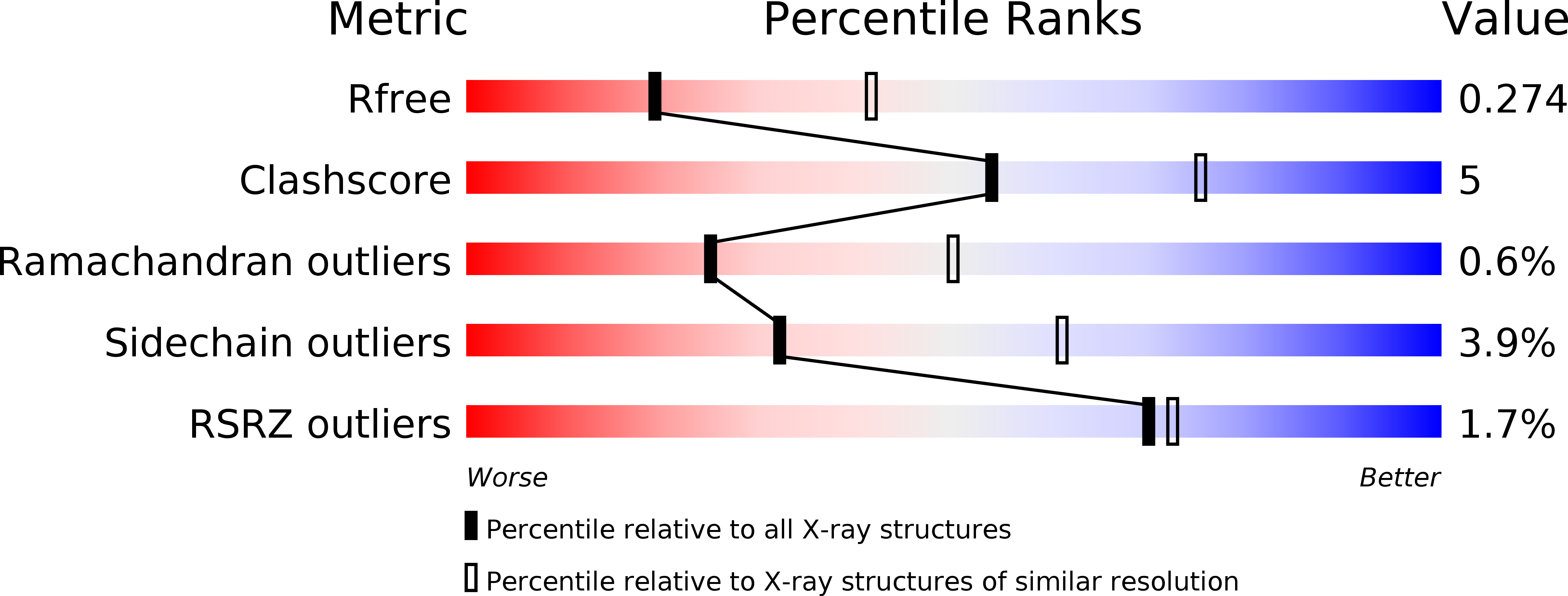
Deposition Date
2017-05-10
Release Date
2018-02-21
Last Version Date
2024-01-17
Entry Detail
PDB ID:
5NXR
Keywords:
Title:
Trimeric structure of Omp-Pst1, the major porin from Providencia stuartii
Biological Source:
Source Organism:
Providencia stuartii (Taxon ID: 588)
Host Organism:
Method Details:
Experimental Method:
Resolution:
2.70 Å
R-Value Free:
0.28
R-Value Work:
0.23
R-Value Observed:
0.23
Space Group:
P 21 21 21


